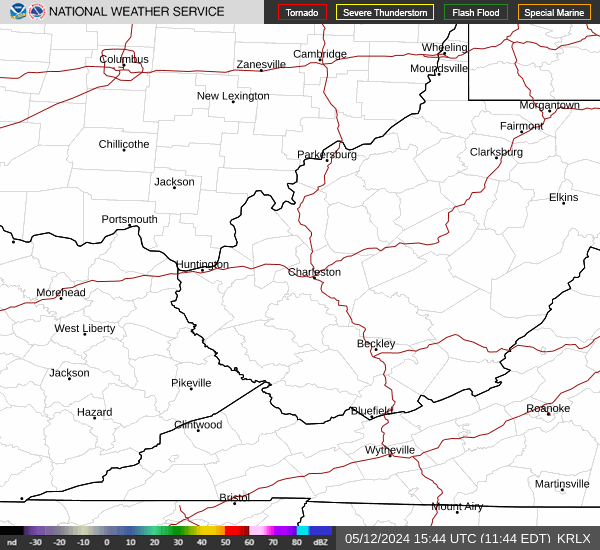Issued: 3pm on Sunday, August 9th 2020
Technical Forecast Discussion
Short Term (Sunday 8-9-2020 through Tuesday 8-11-2020)
Very weak PVA will slightly lower heights over the next 12 hours or so. Because of the sheer weakness of this, as well as very little vertical change in baroclinicity, this will not become any type of major trough, or even weather-maker on Sunday. With slight upward forcing, and high RH in the upper levels, a few cirrostratus, or cirrus clouds will be the only resulting disturbance from this PVA, as CAPE values will likely be too low to produce any convective updrafts (due to low SFC RH). With the main jet off to the north, warmer temperatures will be advected back into the area, with a pattern very similar to July’s overall pattern taking shape. To the north, decreasing differential WAA will amplify the overall ridge over Ontario, resulting in somewhat of a split flow regime over the area. This will keep flow very week at the sfc and aloft, resulting in very stagnant air. Because of this, air quality alerts have been issued mainly for the urban areas through Sunday night. Meanwhile off to the north and west, a very prominent closed upper level low is located over Alberta and Saskatchewan. This, along with its associated VORT max will be advected eastward, causing height falls downstream of it as this happens. Increasing differential WAA will work to dig and tilt this trough as it is propagated eastward by PVA. This feature is expected to take on a slightly negative tilt, with an axis stretching from northern Wisconsin up to east central Manitoba. Weakly positive differential thickness advection will continue to work to tilt this trough, as well as dig it as it moves eastward. Although this feature will not be amplified well, a very strong height gradient will drive a jet streak. Due to uncertainties in the extent of thickness advection with this trough at this time, it is uncertain whether a SFC cyclone will be driven by the right entrance, or the left exit of this jet streak. This detail will impact the strength of the cyclone itself and its associated fronts. A weak VORT max, as well as strong SFC high pressure to the northwest will create an axis of confluence across southeastern Nebraska, central Iowa, and central Wisconsin by sunrise Monday morning. This will bring about the genesis of a cold front throughout the day Monday. With this upward forcing, as well as sufficient CAPE downstream of this, expect rapid convective development Monday afternoon across these areas. Convection should reach northwest Ohio by sunset Monday evening. A few bowing cells, or organized multi-cells with a possibility of some hail, or even a brief spin-up is definitely possible across far NW Ohio Monday evening. Monitor the latest forecasts. This frontal boundary and its associated convection will pass through southeast Ohio late Monday night and early Tuesday morning, making severe convection not a likely threat. After FROPA, temperatures will moderate back down into the lower and middle 80s, with mainly cloudy skies. NVA behind this disturbance will bring heights slightly back up throughout the day Tuesday and into Wednesday.
Long Term (Wednesday 8-12-2020 through Saturday 8-15-2020)
A residual VORT max left over from the previously mentioned cold front will remain off to our south and west. Positive differential thickness advection will work to dig this feature south, creating a very weak positively tilted shortwave over the central Mississippi valley Wednesday evening. PVA from this feature, as well as broad scale WAA should produce enough negative omega to produce diurnal afternoon convection Wednesday through Friday. However, none of these cells should be expected to be severe, as lack of shear will keep these cells from becoming long lived. Meanwhile off to the north, negative differential Thickness advection will amplify a ridge, allowing more warm temperatures to move back into the area by next weekend. Broad positive vorticity should remain over the area, keeping convective chances alive through Sunday. The next major weather-maker should come through by the beginning of next week, and a strong trough digs south into the lower Great Lakes.




